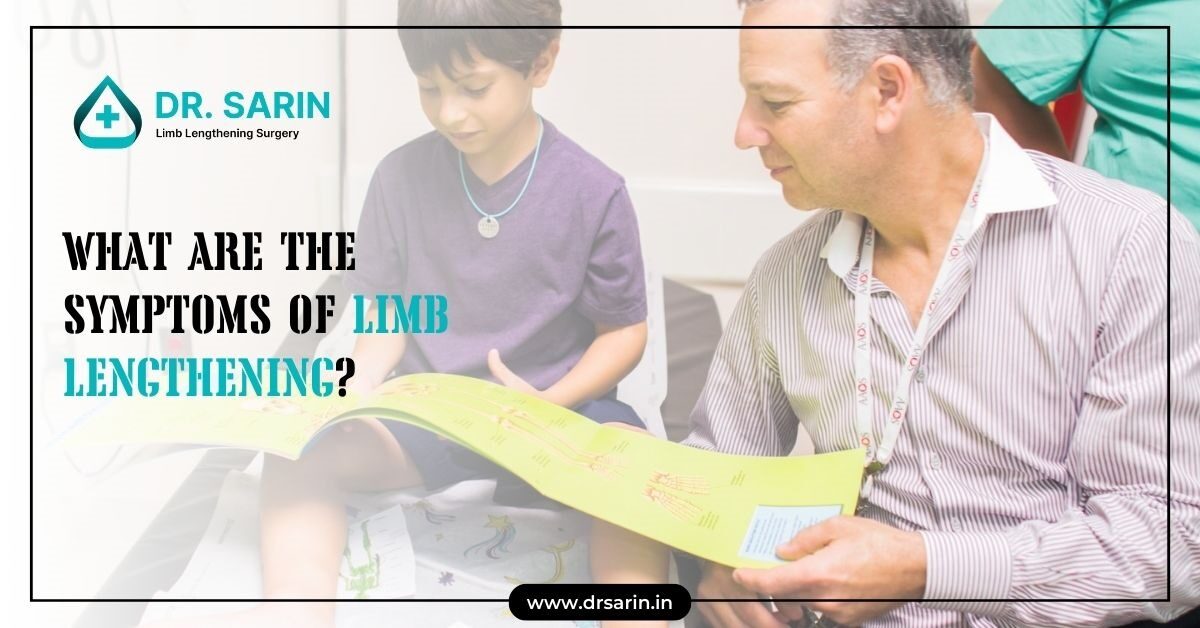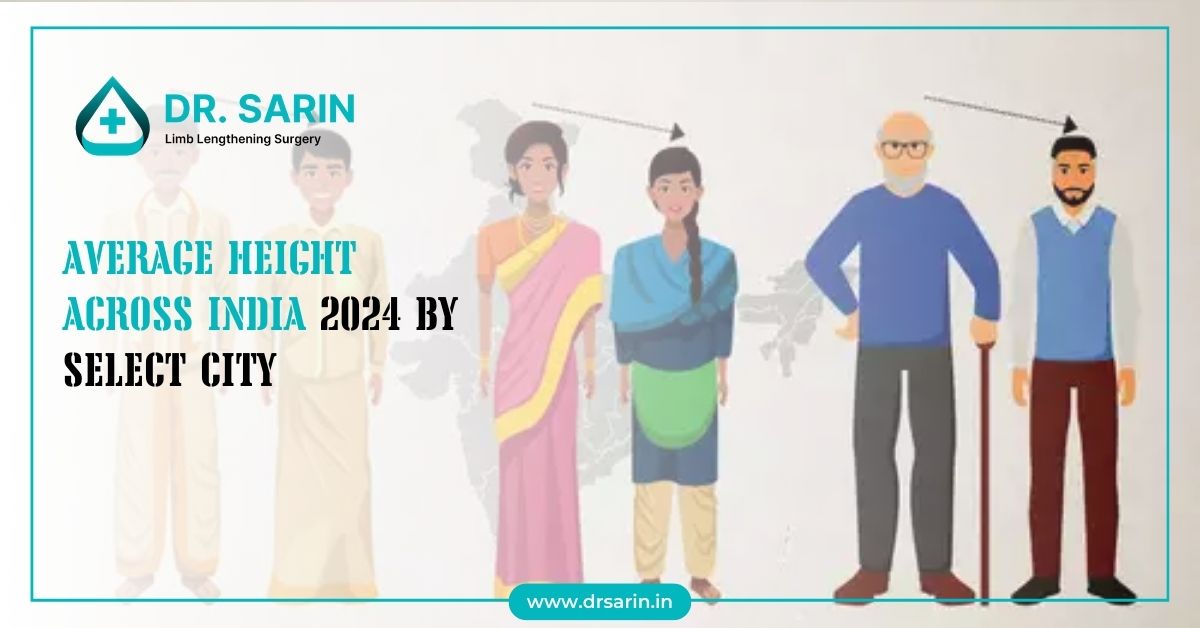Limb lengthening is a complex medical procedure used to increase the length of bones, typically performed to address discrepancies in limb length or to enhance overall limb functionality. Understanding the symptoms associated with this procedure can help individuals prepare for the process and manage their recovery effectively. Here’s a look at some common symptoms and issues experienced during and after limb lengthening:
1. A Leg Shorter Than the Other
One of the primary reasons for undergoing limb lengthening surgery is to address differences in leg length. Initially, after the surgery, there may be a noticeable difference in leg lengths as the procedure progresses.
Symptoms:
- Uneven Leg Length: The newly lengthened leg may temporarily appear shorter compared to the other leg during the early stages of the process.
- Adjustment Period: As the lengthening process progresses, the discrepancy should gradually correct itself.
Management:
- Orthotic Devices: The use of custom orthotic devices may be recommended to help balance the legs during the treatment period.
- Physical Therapy: Engaging in physical therapy can aid in correcting imbalances and improving gait.
2. Walking Issues
After limb lengthening surgery, patients often experience difficulties with walking due to changes in limb length and adjustments required by the body.
Symptoms:
- Gait Disturbances: Altered gait patterns or difficulty in walking may occur as the body adapts to the new leg length.
- Reduced Mobility: Temporary reduction in mobility and balance issues can be expected during the initial recovery phase.
Management:
- Rehabilitation: A structured rehabilitation program, including physiotherapy and gait training, can help in regaining normal walking patterns.
- Assistive Devices: The use of crutches or walkers might be necessary to assist with walking until the body adjusts.
3. Posture Issues
Changes in limb length can affect posture, as the body must adjust to new proportions. This adjustment can lead to various postural issues.
Symptoms:
- Postural Imbalances: Uneven posture or discomfort in the back and shoulders may arise as the body compensates for the lengthened limb.
- Alignment Problems: Issues with body alignment may become apparent during the recovery phase.
Management:
- Posture Correction Exercises: Exercises focused on improving posture and alignment can be beneficial.
- Ergonomic Adjustments: Making ergonomic adjustments to daily activities and workspaces can help in managing posture-related symptoms.
4. Pain
Pain is a common symptom associated with limb lengthening surgery, as the procedure involves significant adjustments to the bones and surrounding tissues.
Symptoms:
- Localized Pain: Pain around the area of the lengthened limb, particularly in the bones, muscles, and joints.
- Discomfort During Lengthening: Discomfort or pain can occur as the bone is gradually lengthened.
Management:
- Pain Management: Prescription pain medications and over-the-counter pain relief options can help manage pain.
- Cold Compresses: Applying cold compresses to the affected area can reduce inflammation and alleviate pain.
- Regular Follow-ups: Regular consultations with your healthcare provider to monitor and manage pain effectively.
Conclusion
The symptoms associated with limb lengthening can vary, but they generally include differences in leg length, walking difficulties, posture issues, and pain. Proper management and a comprehensive approach to rehabilitation and support can help address these symptoms and ensure a smoother recovery process. If you are considering limb lengthening surgery, it’s essential to consult with a qualified healthcare professional to discuss potential symptoms and develop a personalized plan for managing them effectively.




